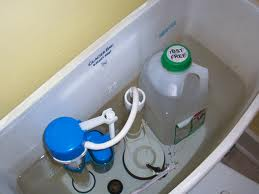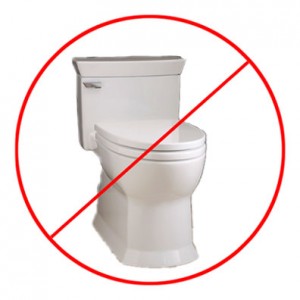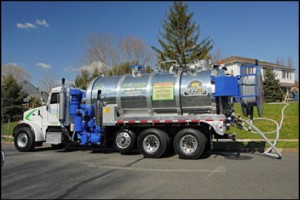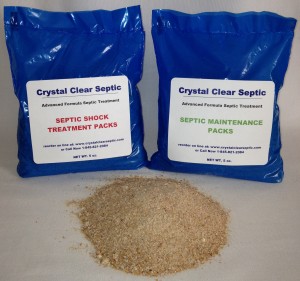A clogged septic line can refer to multiple situations. For the most part, sewage in the yard is the major symptom of all these problems
POSSIBLE CAUSES
The line from the house to the tank is clogged or damaged
If the line is clogged, then your toilets and drains will overflow, and you’ll simply need to hire a plumber with a rooter tool who can push the clog through the line. If the line is damaged, you’ll notice sewage in the yard close to the house, and you’ll have to hire a contractor to dig up and replace the line. Both of these are rare problems.
If a large amount of water goes through the system at one time, then sludge and scum can flow into the drain field: During heavy rains the drain field may have a sewage smell because the ground can’t absorb both the rain and effluent from the house. There may not be an actual clog; however, excess water from the house can cause a true clog. Having house guests or draining a hot tube too quickly can reduce retention time inside the tank leading to line clogging. Having the tank pumped before house guests come should insure enough capacity and draining the hot tube in stages should both help to keep the retention time up.
The line from the tank to the drain field or distribution boxes is damaged
Running cars or machinery over the fragile distribution lines can crush them leading to a backup. Similarly, accidently paving or building on top of the distribution box or lines can also cause problems.
Tree Roots of trees growing too close to the drain field can unbalance the distribution box, break distribution lines, or cause poor absorption of effluent.
The most common problem is the tank being too full leading to decreased retention time and sludge and scum flowing out into the drain field
Not pumping the tank often enough, putting too much in the garbage disposal, or using too many harsh chemicals can all cause it to become too full. The first two are obvious, but it’s important to remember that the tank relies on bacteria to constantly digest the sludge. Harsh chemicals can kill off your helpful bacteria causing sludge levels to rise much more quickly than usual.
SOLUTIONS
If you haven’t had your tank pumped in several years, the first step is to get it pumped. In most areas, pumping costs between $200 and $300. Just having it pumped might fix the issue.
If the septic line still seems to be clogged, be sure there aren’t any trees whose roots could be interfering with the line. If there are, it’ll probably be best to cut down the tree and use a root killer product.
If the problem continues, then you probably have damaged your tank bacteria, and/or your distribution lines are actually clogged with small solids and grease. It’s easy to damage your helpful bacteria by putting too many harsh chemicals down the drain. These helpful bacteria are constantly digesting sludge so that it doesn’t build up too quickly. On the other hand, it’s easy to clog the distribution lines, by putting too much down the garbage disposer and not having a lint filter for your washing machine. For either of these situations, use Crystal Clear Septic Treatment; it contains billions of bacteria and enzymes that help breakdown grease and almost anything else that’s causing the problem.
If you follow all these suggestions and still have a clogged septic line, then it’s probably time to call in an inspector to tell you where the issue is.
 Your septic tank, drainfield, and reserve drainfield should be clearly designated on the “as-built” drawing for your home. (An “as-built” drawing is a line drawing that accurately portrays the buildings on your property and is usually filed in your local municipality building department’s records.) You might also see lids or manhole covers for your septic tank. Older tanks are often hard to find because there are no visible parts. An inspector/pumper can help you locate your septic system if your septic tank has no risers.
Your septic tank, drainfield, and reserve drainfield should be clearly designated on the “as-built” drawing for your home. (An “as-built” drawing is a line drawing that accurately portrays the buildings on your property and is usually filed in your local municipality building department’s records.) You might also see lids or manhole covers for your septic tank. Older tanks are often hard to find because there are no visible parts. An inspector/pumper can help you locate your septic system if your septic tank has no risers.













